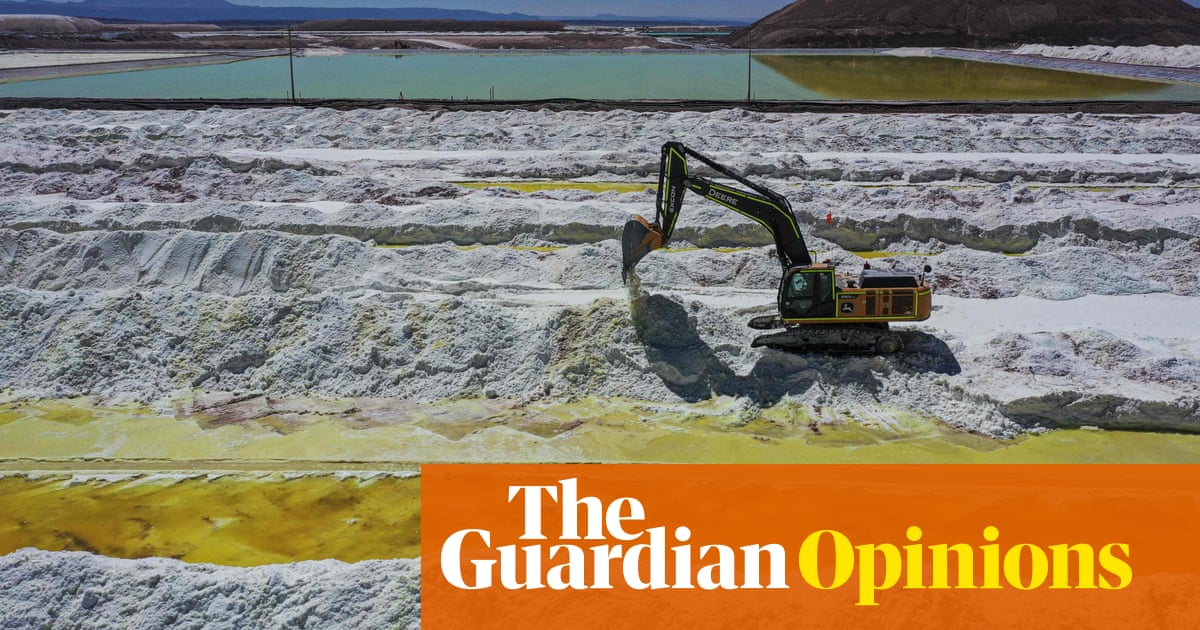Despite its name, the infrastructure used by the “cloud” accounts for more global greenhouse emissions than commercial flights. In 2018, for instance, the 5bn YouTube hits for the viral song Despacito used the same amount of energy it would take to heat 40,000 US homes annually.
Large language models such as ChatGPT are some of the most energy-guzzling technologies of all. Research suggests, for instance, that about 700,000 litres of water could have been used to cool the machines that trained ChatGPT-3 at Microsoft’s data facilities.
Additionally, as these companies aim to reduce their reliance on fossil fuels, they may opt to base their datacentres in regions with cheaper electricity, such as the southern US, potentially exacerbating water consumption issues in drier parts of the world.
Furthermore, while minerals such as lithium and cobalt are most commonly associated with batteries in the motor sector, they are also crucial for the batteries used in datacentres. The extraction process often involves significant water usage and can lead to pollution, undermining water security. The extraction of these minerals are also often linked to human rights violations and poor labour standards. Trying to achieve one climate goal of limiting our dependence on fossil fuels can compromise another goal, of ensuring everyone has a safe and accessible water supply.
Moreover, when significant energy resources are allocated to tech-related endeavours, it can lead to energy shortages for essential needs such as residential power supply. Recent data from the UK shows that the country’s outdated electricity network is holding back affordable housing projects.
In other words, policy needs to be designed not to pick sectors or technologies as “winners”, but to pick the willing by providing support that is conditional on companies moving in the right direction. Making disclosure of environmental practices and impacts a condition for government support could ensure greater transparency and accountability.



I can personally speak from the 80s, so that’s not exactly a golden age of reliable information. There was concern about scale of infinite growth and power requirements in a perpetual 24/7 full-load timeshare by people that were almost certainly not qualified to talk about the subject.
I was never concerned enough to look into it, but I sure remember the FUD: “They are going to grow to the size of countries!” - “They are going to drink our oceans dry!” … Like I said, unqualified people.
They never took off like the concerned feared. We don’t even concern ourselves with their existence.
Edit: grammar
For what is worth, this time around it isn’t unqualified people. There are strong scientifically studied concerns, not that infinite growth of LLMs, but their current numbers are already too power hungry. And what actual plans are currently in the engineering pipes are too much as well, not wild speculation, but actually funded and on the way development.
I am concerned about the energy abuse of LLMs, but it gets worse. AGI is right around the corner, and I fear that law of diminishing return may not apply due to advantages it will bring. We’re in need of new, sustainable energy like nuclear now because it will not stop.